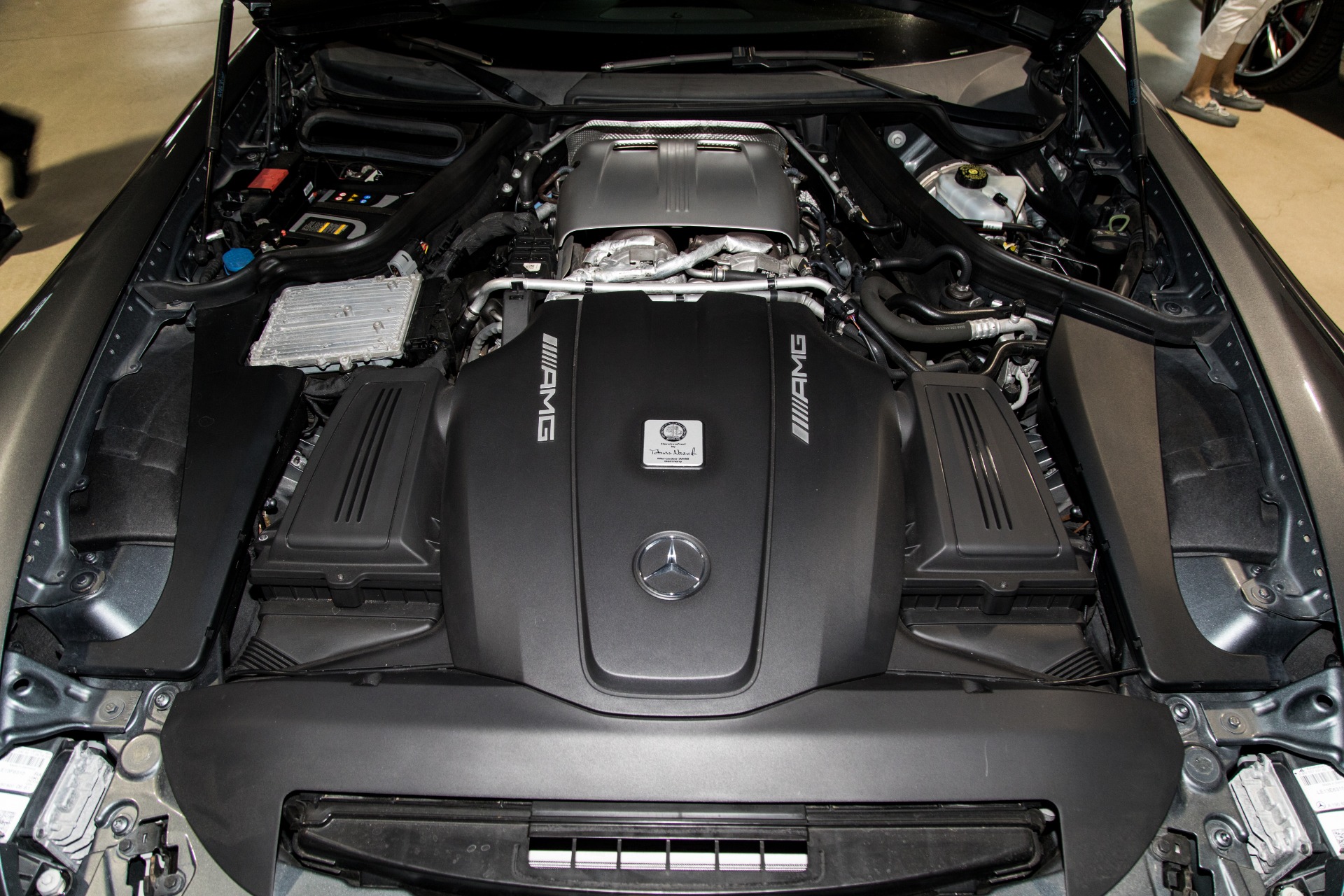Mitigating Eccentricity in PMSM Motors for Enhanced Performance
The automobile industry has been looking for ways to minimize pollution in cars other than internal combustion engines for the past few decades, which has resulted in a notable trend toward electrification. There are several types of electric motors that have been proposed, and the majority of them use electric motors for traction. Permanent magnet synchronous motors, which are preferred because of their great efficiency and power density, and induction motors are the two primary types of electric machinery used in the passenger automobile industry.
Depending on the flux direction and magnet location, PMSMs can be built in a variety of ways. The internal permanent magnet synchronous machine architecture is the most often used among them for electric traction motors in vehicles that run on electricity. However, because they might compromise riding pleasure, the noise and vibration generated by electric motors present a challenge to engineers and designers.
We'll talk about eccentricity and how it affects PMSM machines in this blog post. We will investigate the use of simulation tools to optimize PMSM motor performance and assess the effects of eccentricity.
Impact of Eccentricity
The center of the rotor and the stator of a perfect motor coincide, and there is a consistent air gap between them. Nevertheless, in real-world motors, the center of the rotor frequently differs from the center of the stator, resulting in an uneven air gap and a number of undesirable consequences. Unbalanced magnetic forces brought on by eccentricity can induce vibrations that lead to noise, decreased efficiency, and mechanical failure.
The kind and degree of eccentricity determine how PMSM devices are affected by it. Eccentricity can be classified into three main categories: mixed, dynamic, and static. The term "static eccentricity" describes a steady-state condition where the center of the rotor is always moved away from the center of the stator. In contrast, a time-varying displacement of the rotor's center from the stator's center is referred to as dynamic eccentricity. Lastly, a combination of both static and dynamic eccentricity is known as mixed eccentricity.
EMF vibration and noise is one of the main issues that might arise from eccentricity in PMSM. It is produced by the electromagnetic field's radial force acting on the rotor and stator. This force is the result of eccentricity causing the air gap between the stator and rotor to become non-uniform. A number of detrimental effects, including increased acoustic noise, mechanical stress on the motor components, and decreased efficiency, may emerge from the ensuing eNVH. Furthermore, the vibration that results may shorten bearing lives and perhaps cause failures. As such, a precise analysis of eccentricity's effects on PMSM devices is important. It is a difficult process to analyze eccentricity in PMSM machines, and to precisely forecast the behavior of the motor under various conditions, advanced simulation techniques are needed.
To sum up, one of the most important steps in maximizing the performance of PMSM machines is eccentricity analysis. Eccentricity can have a number of detrimental effects, such as electromagnetic interference, vibration, and noise, mechanical stress on the motor parts, decreased performance, and possible breakdowns. As such, precise analysis of eccentricity's impacts on PMSM machines through the use of advanced simulation tools is necessary. Electromagnetic simulation is used in EMWorks' eccentricity analysis to forecast the behavior of the motor under various eccentricity conditions, such as static, dynamic, and mixed. Motor designers can maximize the motor's performance and steer clear of any potential eccentricity-related problems by using this simulation-based approach.
There are many advantages to using simulation-based methods. They cut costs and time to market by allowing designers to optimize the design before constructing the prototype. To gain a better knowledge of the behavior of the motor in various operating situations, the simulation also offers the chance to test various design configurations and scenarios. Additionally, by using simulation-based techniques, designers can investigate how altering design parameters affects the performance of the motor, offering insightful information that can be applied to enhance the design as a whole.


0 Comments